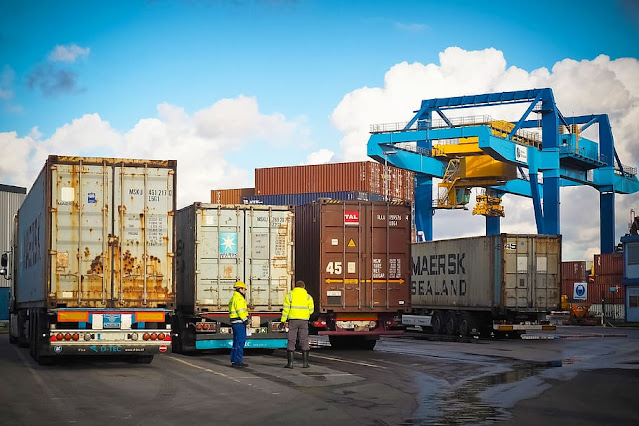A Guide to FCL Shipping | SLR shipping
 |
| SLR shipping |
As the name suggests, Full Container Load is the standard form of shipping freight for those with many goods to send.
When a freight forwarder sends and receives large quantities of goods by sea, they may use a shipping method known as FCL or “full container load.” It is amongst the most commonly used terms in ocean freight along with LCL, which is short for “less than container load.”
What is FCL shipping?
In this shipping mode, a freight forwarder agent hires an entire shipping container for his cargo. It does not mean he has to fill up the container space entirely. It is more accurate that he has exclusive rights to the container. However, we can see that FCL shipments are large.FCL shipping is different from LCL shipping, where multiple shippers share a container for their goods – which are usually smaller – and pay only for the volume they need.
What is the FCL process?
There are more shipping modes you can opt for, such as:- Door to Door
- Door to Port
- Port to Port
- Port to Door
Modern Full Container Load transport is fully computerized and able to provide transparency so that your freight forwarder will track and trace the progress of the consignment.
The Freight forwarder will take care of the paperwork for you as needed by the type of service, you have chosen: including the Bill of Lading, advice to the receiving port, and customs clearance.
 |
| SLR shipping |
Container Stuffing options
You can opt to have an empty container dropped off at your premises. Be ready to load quickly to avoid additional charges. You will be behind for the condition of the packing, so make sure that it is well done.For overseas shipments, you may need special ‘export packing,’ often carried out by a professional company. The freight forwarding services will arrange collection from them and transport it to the shipper at the port.
Keep in mind that with FCL container delivery the risk, and the account, held by one shipper, and there is a consignee. The container is sealed till it reaches its location. No one else is to blame if you do not carry out the container packing to the required standards.
What are the advantages of FCL shipping?
There are various advantages to shipping FCL:· FCL shipments do not need to be loaded and unloaded together with other shipments, saving transit time.
· Sealing containers at the factory means less handling and fewer opportunities for damage.
· Price per unit on LCL is high, so for larger shipments, paying the FCL flat fee saves money.
· Air freight forwarding services is the quickest way to ship. But if you have the time, you’ll save big choosing FCL instead.
What are the disadvantages of FCL shipping?
· Below are the drawbacks of shipping:Shipping larger quantities means finding and paying for more inventory space.
· For small loads (approximately 13 CBM or less), FCL will probably be more costly.
· Delivering a full container means you’ll need equipment and personnel that can handle the job, which not every factory has.
· When you ship FCL, delivery can get more complicated as you’ll deal with large shipments in small windows of time.



Comments
Post a Comment